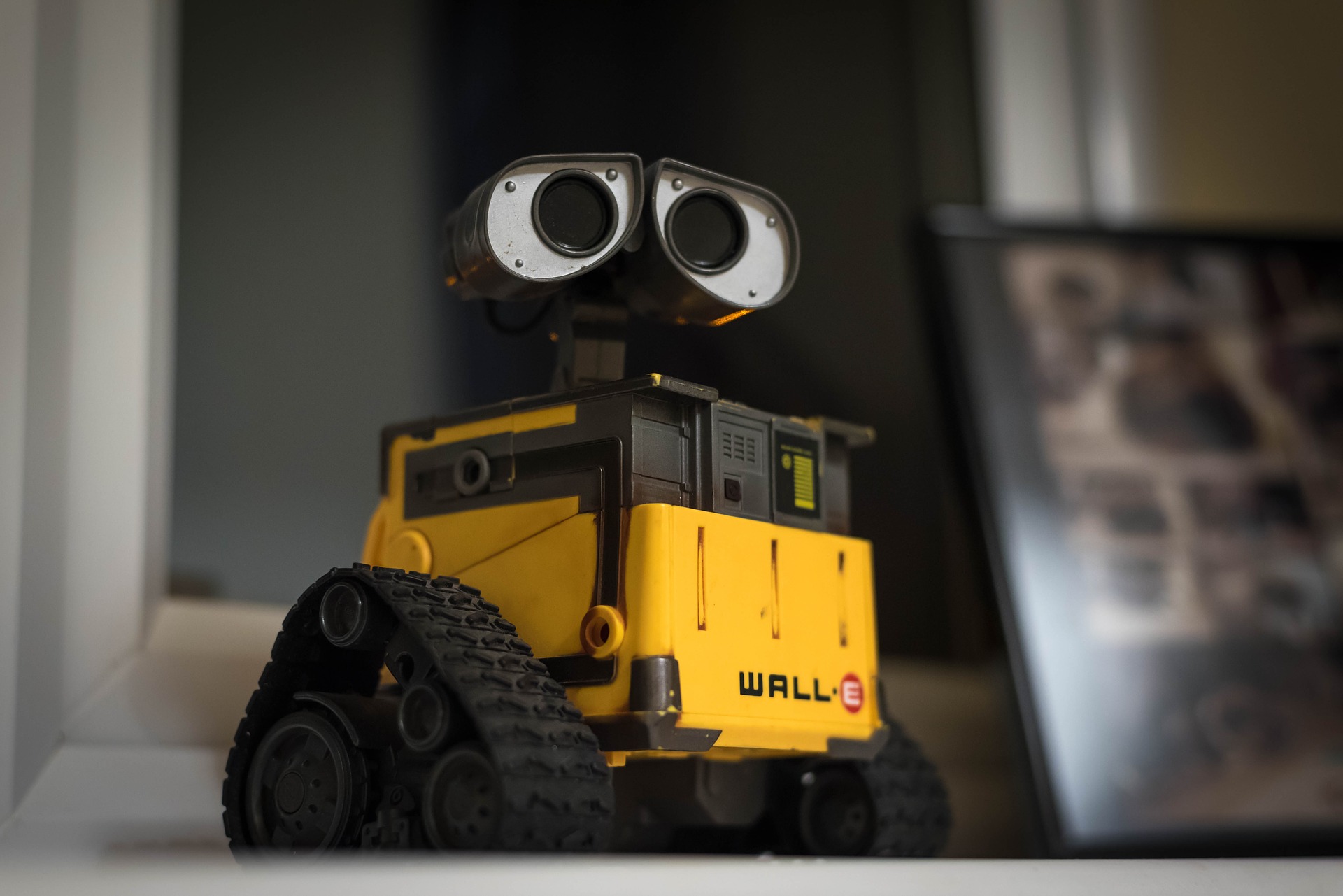 NEWS
NEWS
 NEWS
NEWS
 NEWS
NEWS
Robots paved the way for automation in the automotive manufacturing industry, but have since made their way into almost every sector that could conceivably benefit from them. Indeed, the robots of today are so flexible that they can handle increasingly varied and ever-more complex tasks, which is why stakeholders in everything from defense and food and beverage, to healthcare and retail are now investing in them.
With such a growing demand for robots, governments and private companies alike are ramping up their research into the area. Now, technology research and advisory firm Technavio is predicting in a new report that global R&D spending on robotics will rise at a CAGR of over 17 percent between now and 2020.
In its report, Technavio notes that early robots were well suited to the automotive manufacturing industry because they were good at performing dangerous, dull and repetitive. However, their sheer size and strength also made them dangerous, which meant they had to be fenced off from human workers when they first appeared on General Motors Co.’s production lines in 1961. However, advancements in robotics means that’s no longer the case, with smaller designs, advanced sensor systems and grippers making them not only safer, but also much more flexible regarding the kinds of tasks they can perform.
Technavio reckons there are three factors pushing the growth of global R&D into robotics, including a race among technology companies to grab new robotics patents ahead of the competition.
“Robots are becoming more adaptive and flexible and may resemble the biological structure of human beings,” explained Bharath Kanniappan, a lead analyst at Technavio. “In addition, they can be instructed and programmed remotely through the cloud. These advances and improvements in robotics technology stem from R&D investments. Since 2003, R&D investments in robotics have tripled the number of published robotics patents.”
Backing up these claims, Technavio points to more than 120,000 robotics-related patents that have been granted worldwide in the last twenty years. Japan is leading the field with 31 percent of all patents granted, followed by the U.S. (with 19 percent) and Germany (17 percent).
The second factor spurring robotics R&D is greater demand for lower system engineering and installation costs, which account for around 75 percent of the cost of robotic systems. In the old days, robots were incredibly complicated to set up, with many facilities needing significant enhancements to be able to utilize them, such as embedding magnetic tracks onto the floor. However, the latest generation of robots are far more adaptable and self-sufficient, which means they can be integrated into existing facilities much more easily.
The most important factor driving robotics R&D however, is the rapidly growing demand for robots in new industries.
“The automotive industry was among the first to use industrial robots,” Bharath said. “However, of late, such robots have gained momentum in non-automotive industries such as food and beverages, electricals, and electronics.”
While the earliest industrial robots were used by GM and other auto makers to perform difficult tasks like heavy lifting and welding, today’s generation of robots can carry out much more nuanced tasks like journalism, warehousing (as is the case with Amazon.com Inc. and its Kiva Systems robots) and manufacturing everything from iPhones to instant noodles. Then there are highly advanced robots that can help assist doctors as they perform intricate surgeries from remote locations.
Industrial robots have demonstrated a growing range of capabilities, and now we’re seeing untold amounts of money being invested into robotics research in order to see just how far they can go.
THANK YOU